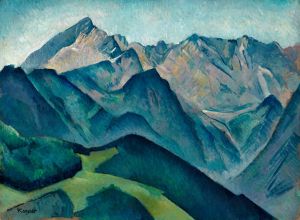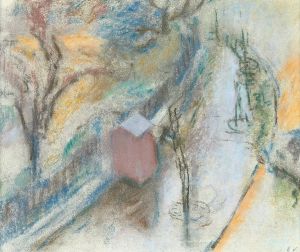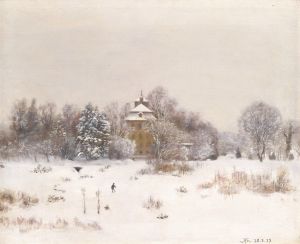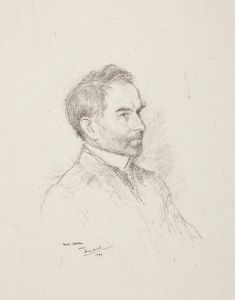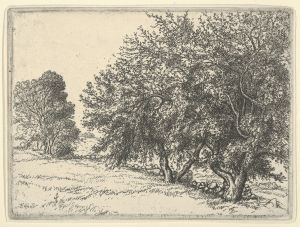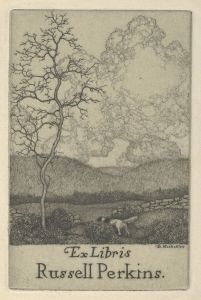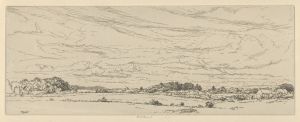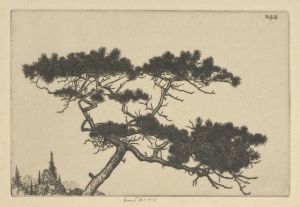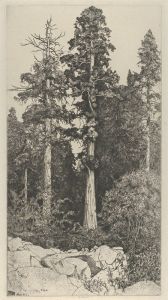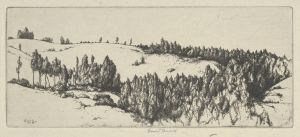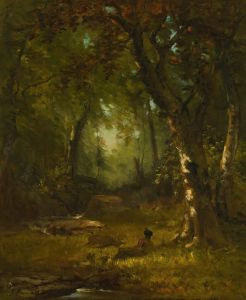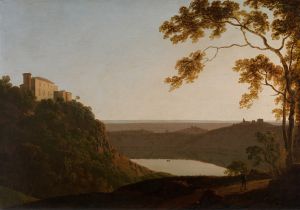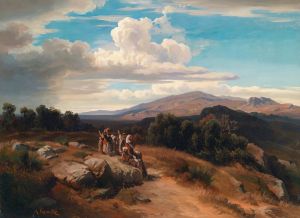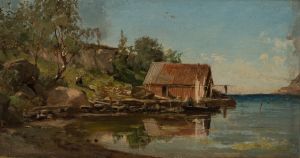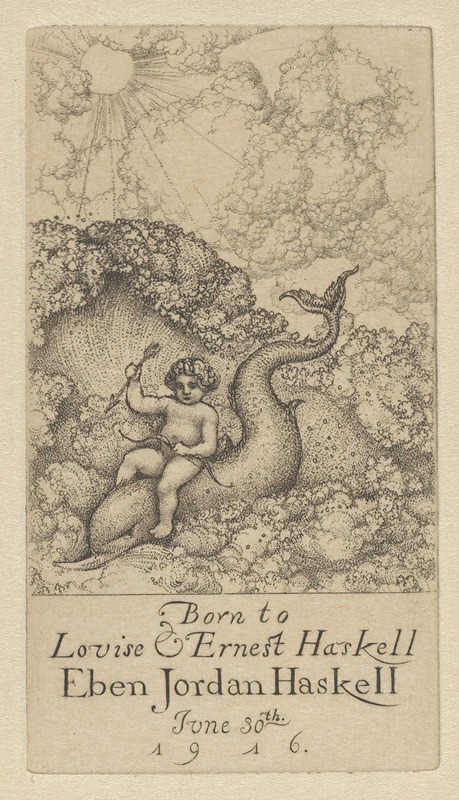
Eben’s
A hand-painted replica of Ernest Haskell’s masterpiece Eben’s, meticulously crafted by professional artists to capture the true essence of the original. Each piece is created with museum-quality canvas and rare mineral pigments, carefully painted by experienced artists with delicate brushstrokes and rich, layered colors to perfectly recreate the texture of the original artwork. Unlike machine-printed reproductions, this hand-painted version brings the painting to life, infused with the artist’s emotions and skill in every stroke. Whether for personal collection or home decoration, it instantly elevates the artistic atmosphere of any space.
Ernest Haskell was an American artist known for his work as an illustrator, painter, and printmaker during the late 19th and early 20th centuries. Born in 1876 in Connecticut, Haskell developed a reputation for his detailed and expressive style, which often incorporated elements of Art Nouveau. His contributions to the art world included a variety of mediums, such as etchings, lithographs, and paintings. Haskell's work was characterized by its intricate line work and often featured portraits, landscapes, and advertisements.
One of Haskell's notable works is "Eben’s," a piece that exemplifies his skill in capturing the essence of his subjects with precision and artistic flair. While specific details about "Eben’s" are limited, it is understood to be part of Haskell's broader body of work that showcases his ability to blend realism with decorative elements. Haskell's portraits often depicted individuals with a keen attention to detail, highlighting both their physical characteristics and their personalities.
Haskell's career was marked by his versatility and his ability to adapt to different artistic demands. He worked extensively in the field of commercial art, creating posters and advertisements that were widely recognized for their artistic quality. His work in this area contributed to the popularization of Art Nouveau in America, as he brought a unique American perspective to the European-dominated style.
In addition to his commercial work, Haskell was also a dedicated fine artist. He produced a number of etchings and lithographs that were well-received by critics and collectors alike. His landscapes, in particular, demonstrated his ability to capture the natural beauty of the American countryside, often with a focus on the interplay of light and shadow.
Haskell's contributions to the art world were recognized during his lifetime, and he exhibited his work in various prestigious venues. His art was included in exhibitions at the Pennsylvania Academy of the Fine Arts and the Art Institute of Chicago, among others. Despite his success, Haskell's life was tragically cut short when he died in an automobile accident in 1925.
Today, Ernest Haskell's work continues to be appreciated for its technical skill and artistic innovation. His pieces are held in several major collections, including the Library of Congress and the Smithsonian American Art Museum. "Eben’s," like many of Haskell's works, remains a testament to his ability to capture the human spirit through art, combining realism with a decorative sensibility that was ahead of its time.





